Exhumed:Tan Cheng Moh #769 & Tan Siok Hwa #763
7
A personal account by Aylwin Tan who witnessed the exhumation of his grandfather and aunt at Bukit Brown on the morning of Wednesday, 8th January,2014.
***
I received a phone call from the exhumation office about 1.5 hours after I had registered. Picked my Dad up and went directly to the gravesite.
The green tentage is that of my aunt Tan Siok Hwa (aged 10) and the grey is my grandpa, Tan Cheng Moh. Both were killed during a Japanese raid; a bomber scored a direct hit on the bomb shelter where my grandpa had put his entire family, including his close relatives. Apparently, grandpa’s thinking was that they should all stick together and if they all died, so be it.
Their funerals were carried out in haste. A number of traditions were abandoned for fear of being caught out in the open by the Japanese bombers e.g. mourners alighting to perform rites at every bridge along the way to the burial ground.
Mr Lee (the gentleman in yellow boots seen in the first photo) told me that the coffins and remains had disintegrated and had merged with the soil. Not surprising, given that they had passed about 70 years ago. The gravediggers gathered some earth and put it in plastic bags for the purposes of cremation.
I was curious to know how the gravediggers knew that they had dug deep enough to reach the remains. Mr Lee explained that the gravediggers would know once they reached a flat surface as this was the bottom of the coffin.
The gravediggers were also able to tell that my aunt died when she was a child. If you look at my aunt’s grave, you can see a ‘step’ indicating that the coffin was shorter than an adult’s.
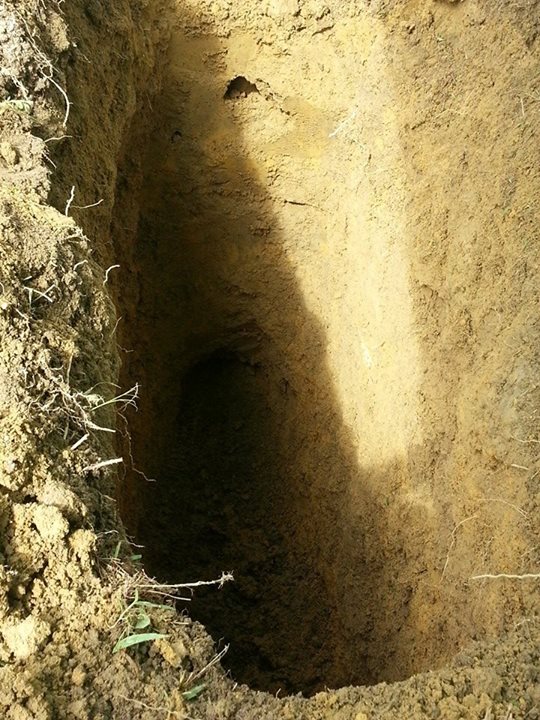
The grave of grandfather dug until a flat even surface was reached, where the coffin had been laid (photo Aylwin Tan)
I was worried that Dad would not be able to negotiate the uneven terrain to the grave sites but the path worn out by the gravediggers proved manageable. Mr Lee told me that these gravediggers are the last of their kind in Singapore.
Dad spent some time telling his story to the gravediggers while I sorted out with Mr Lee the items found in the graves. Dad’s chair was provided by Swee Hong, the company that won the exhumation tender, a testimony to their planning and attention to detail. Also, you can see how they used the umbrellas to shield the boxes from the sun.
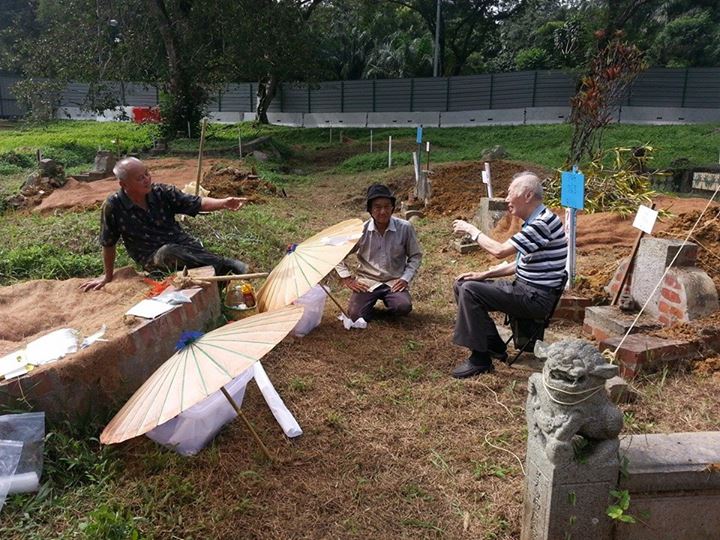
Umbrellas shading the remains from the sun as required by traditional practices. Aylwin’s father (seated) chatting with the grave diggers (photo Aylwin Tan)
The gravediggers recovered a chain and part of a bowl from my aunt’s grave. The bowl was probably used in the funeral rites. Mr Lee asked if I would donate them for research. I shall have to ask my elders’ permission first.
My grandpa’s grave yielded a bullet and a piece of metal which looked like a cone with the top portion cut off. I had to surrender the bullet as it was not a spent round. The gravediggers surmised that the metal piece came from the bomb but I wonder where the bullet came from. Dad said that the metal piece was not the cause of grandpa’s death; a beam had fallen on grandpa’s head and cracked it open. Death was instantaneous. The sight must have been extremely traumatic for the family. Dad was only 11 or 12 then.
One unexpected development came about when Dad suddenly said that my great grandfather was also buried somewhere in Bukit Brown. Dad did not know his name or the location of the grave site. Apparently, only one of grandpa’s brothers had this information and he had since passed. According to Mr Lee, great grandpa’s remains will be exhumed and disposed of if unclaimed after a period. Mr Lee also said that there was still hope if someone in my family could remember great grandpa’s name as the tombstone would surely state grandpa’s name. I’ll try my best to ask my relatives but am not very hopeful.
I will miss the 2 “Yodas” guarding grandpa’s grave. The other 2 guards look kind of effeminate.
The left panel of the tombstone lists grandpa’s sons and daughters. Dad is ‘Geok San‘, which means ‘jade mountain’ in Chinese. In accordance with Chinese tradition, the sons and male cousins in the same generation have the same identifying name. In my Dad’s generation, the name is ‘Geok‘. In mine, it is ‘Wee’, which means ‘great‘ in Chinese. I understand that these names are predetermined by the Chinese Almanac.
The exhumation ended on a quiet note. After I had given written confirmation of the items from the graves that I had retained, I was given printed photographs of the two grave sites and that was it.
I was very impressed with the professionalism of the Swee Hong staff. They were attentive to my requests and sensitive to religious aspects of the exhumation. They worked fast but were in no hurry, allowing claimants all the time they needed to carry out their religious observances. Thanks to them, the exhumation process went smoothly.
– Aylwin Tan-
Additional Information : Both grandfather and aunt died on 18 Jan 1942.
Grave of Tan Cheng Moh 陳青茂 #769 (photo credit The Bukit Brown Cemetery Documentation Project )
Grave of Tan Siok Hwa 陳淑華 #763 (photo credit The Bukit Brown Cemetery Documentation Project)
Editor’s note: We would like to thank Aylwin Tan for giving us permission to reproduce his personal account on the blog. If you are a descendant who has ancestors staked for exhumation, please share your story with us.
Email us: a.t.bukitbrown@gmail.com
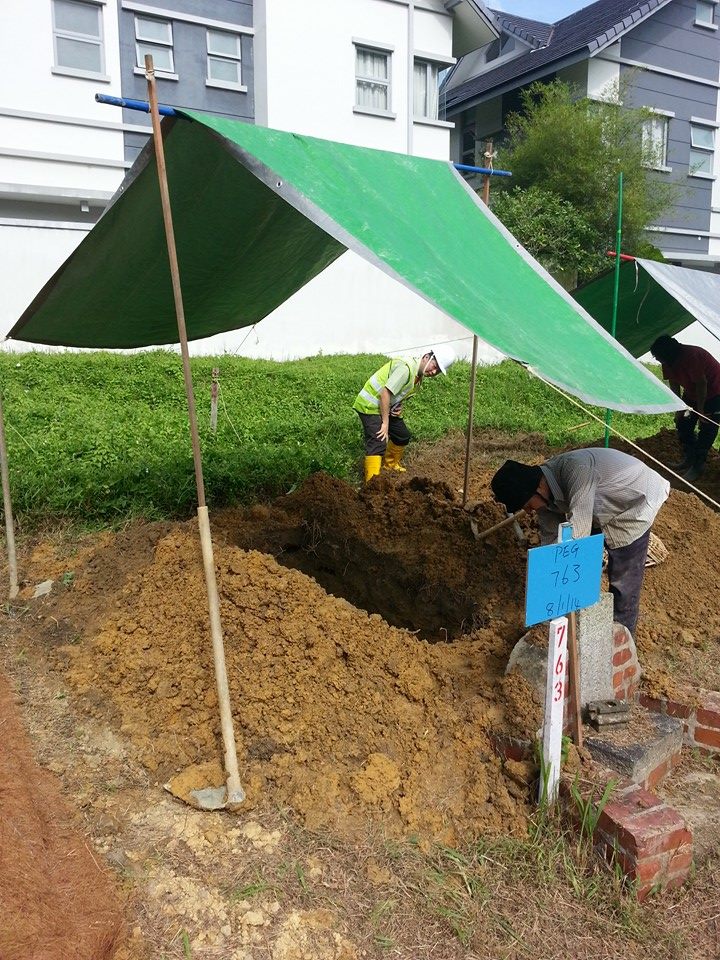
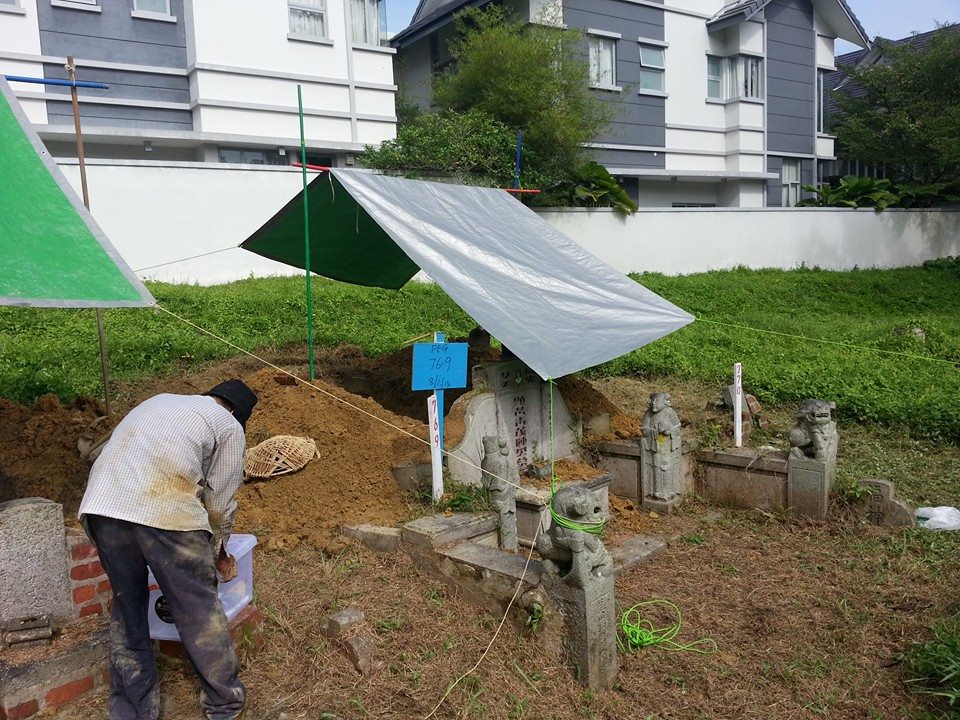
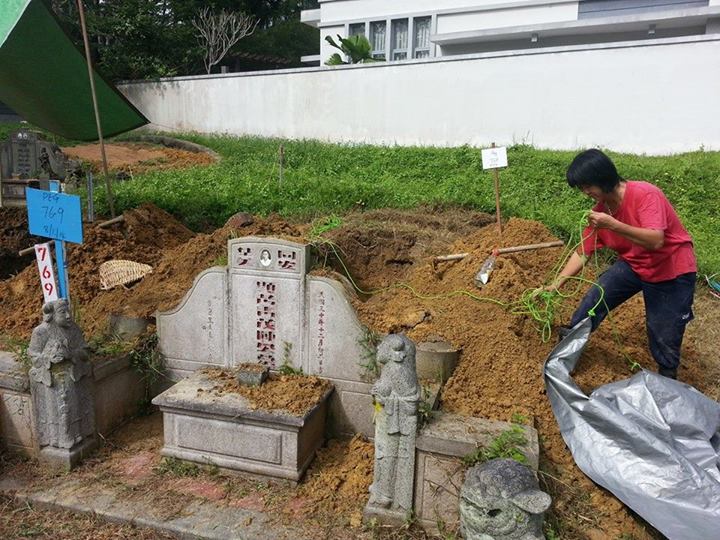
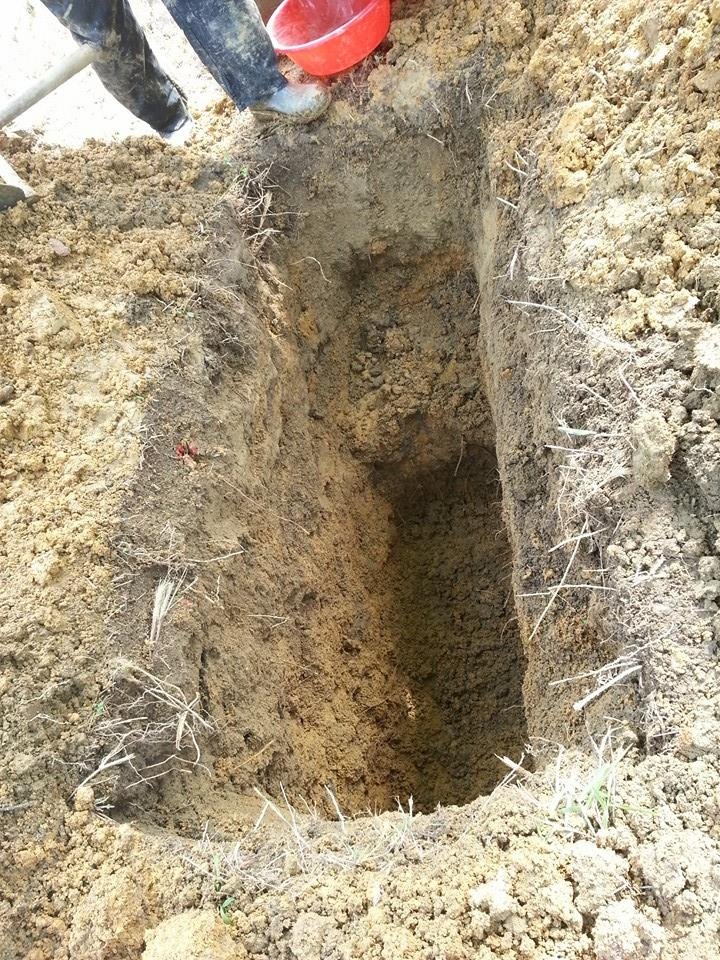
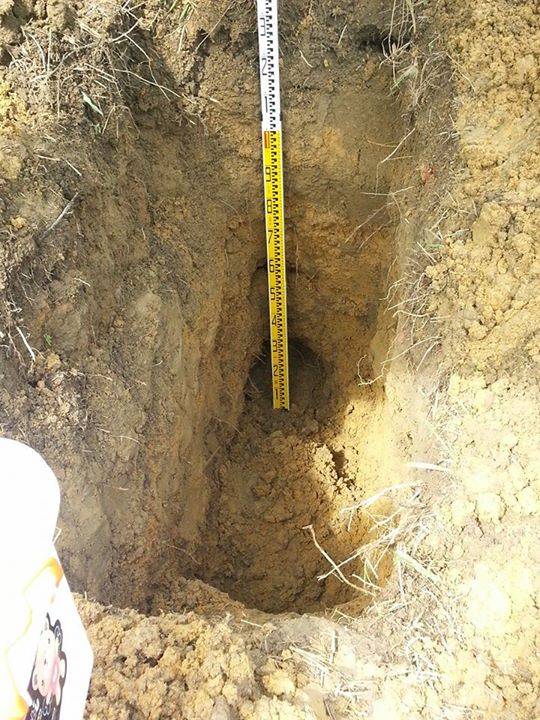
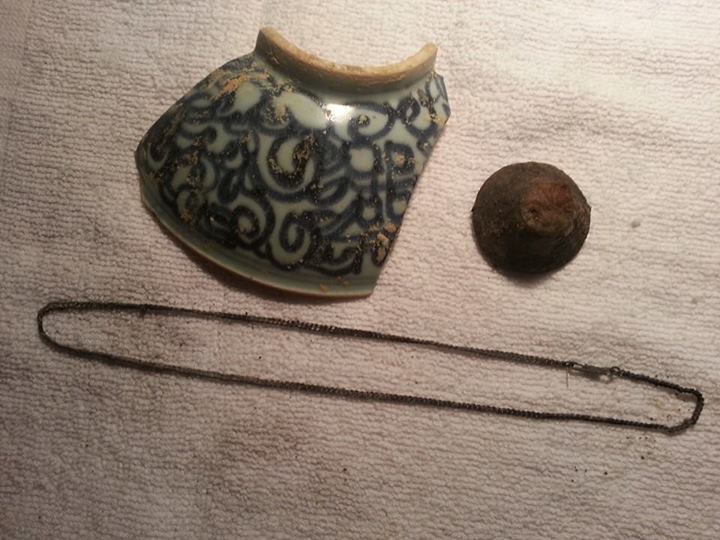
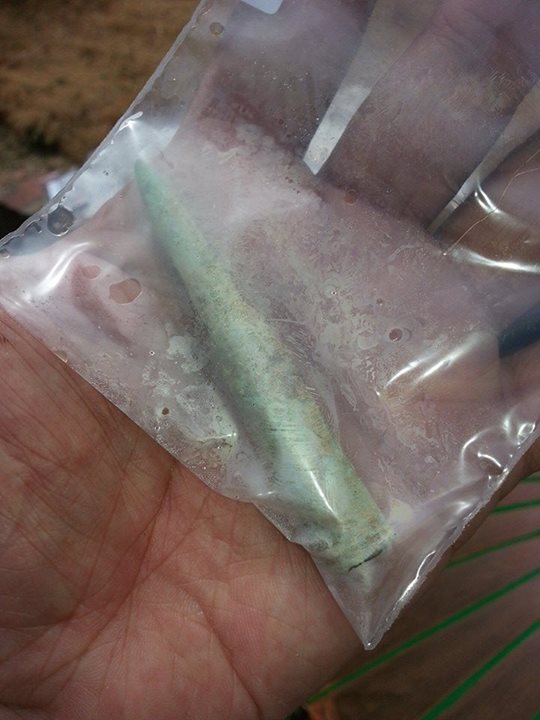
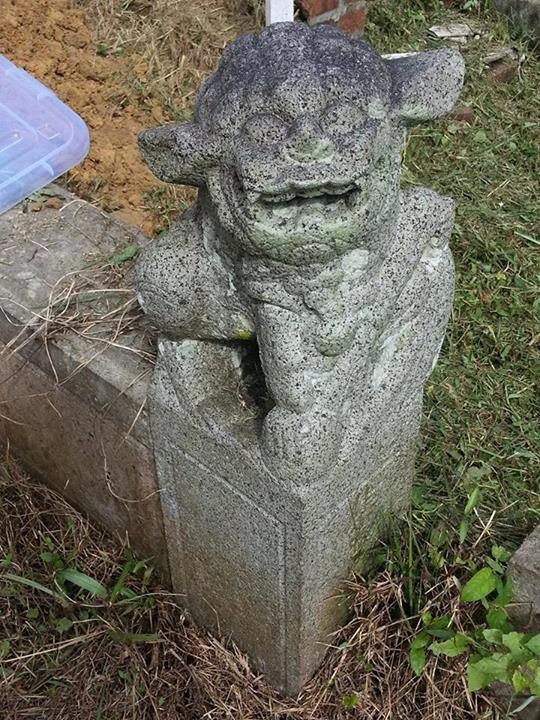
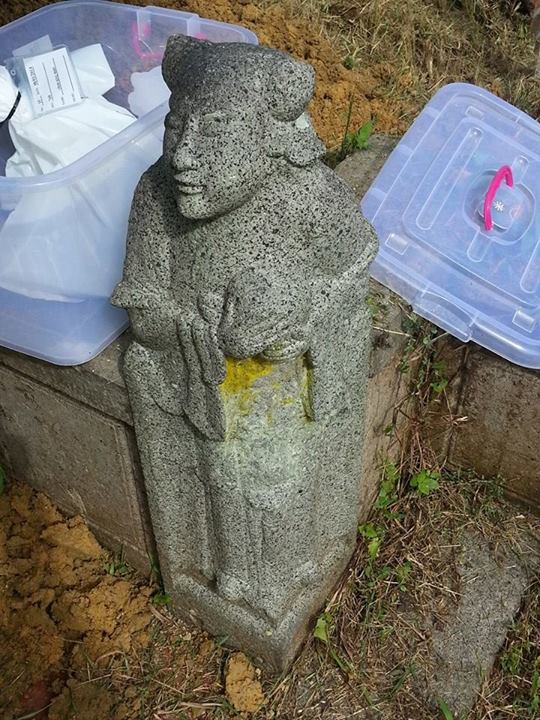
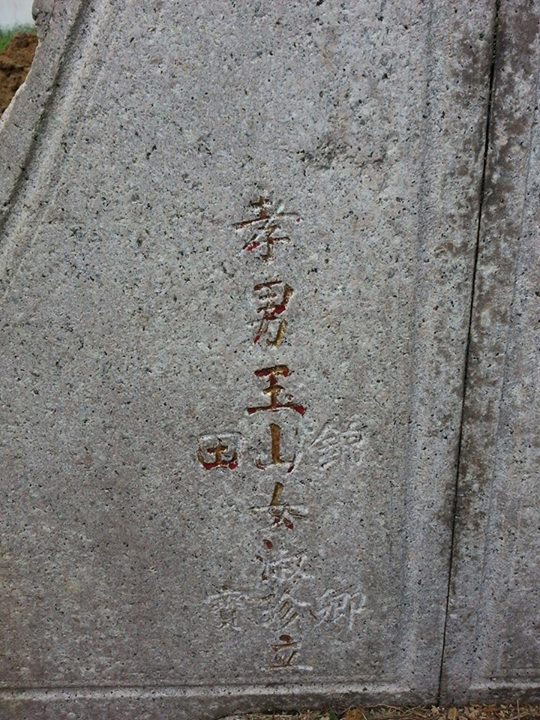
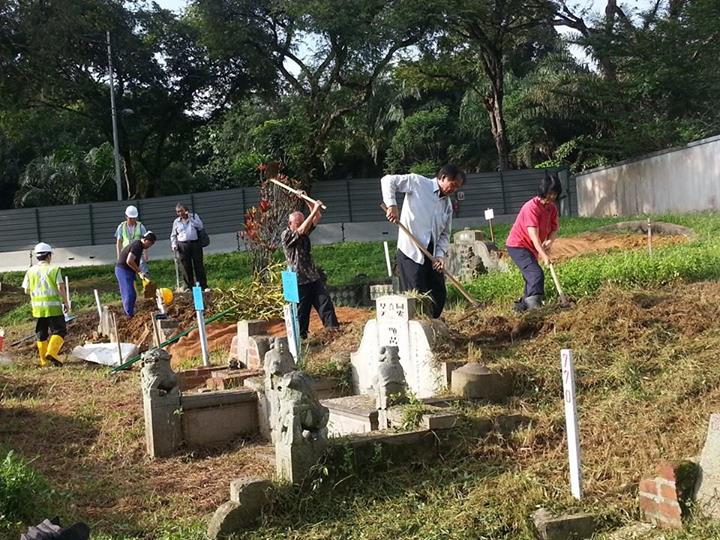
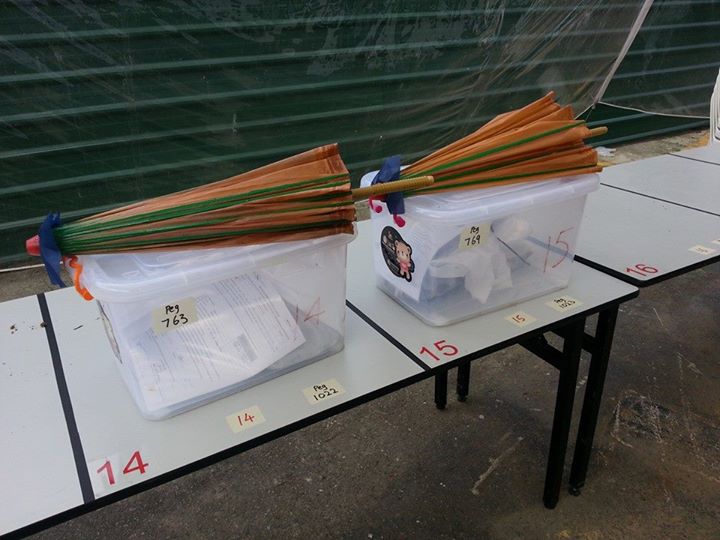
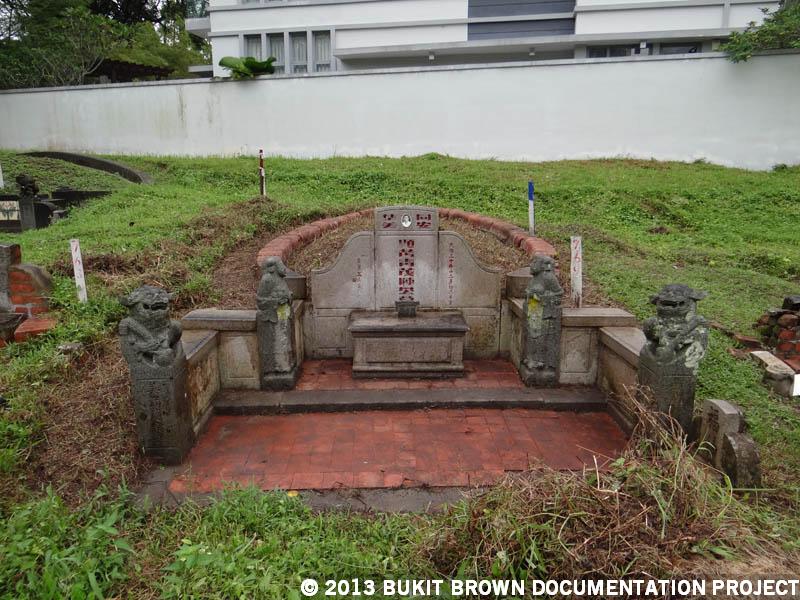
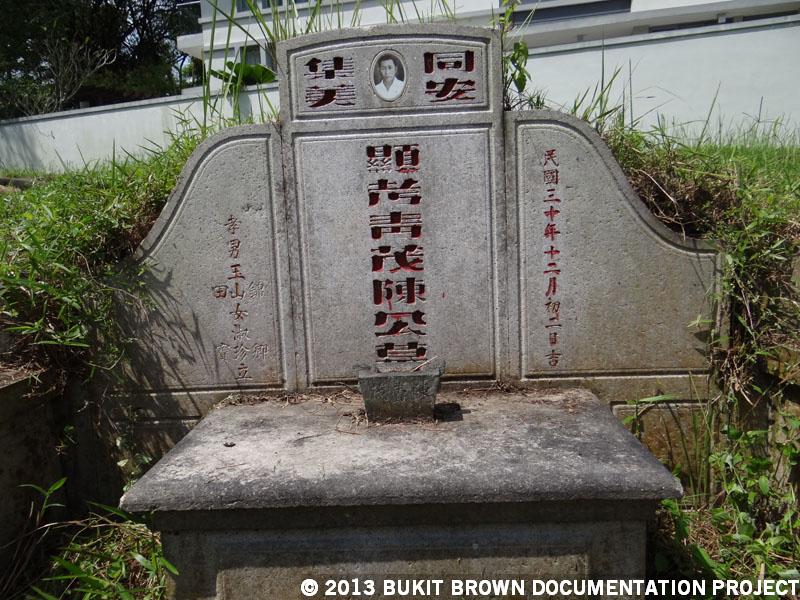
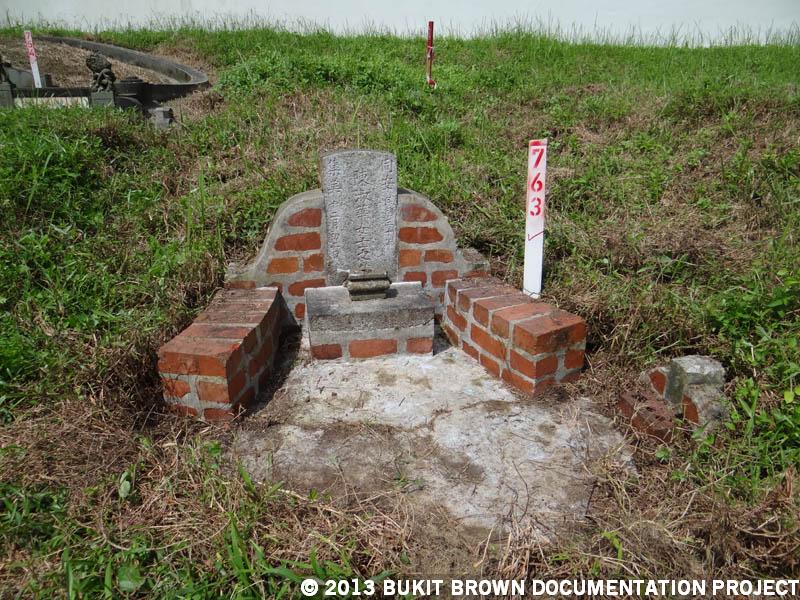
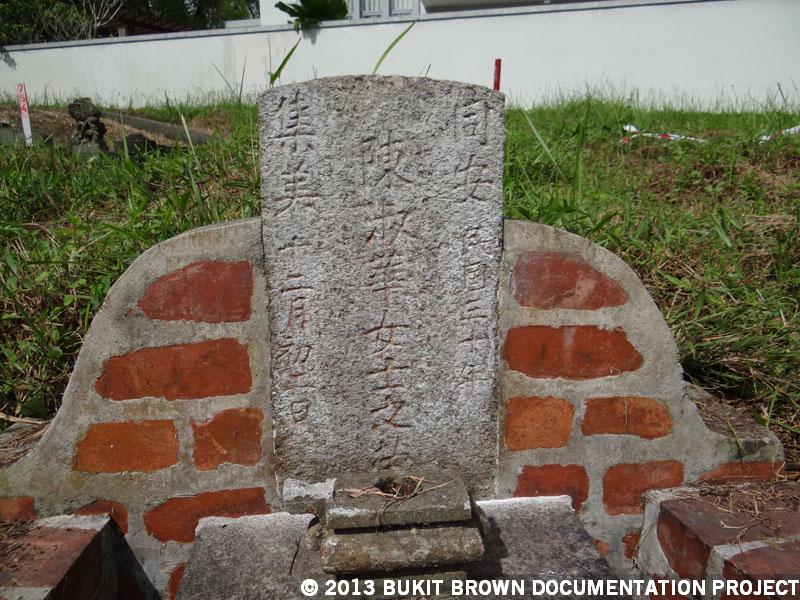

Dear Mr. Aylwin Tan,
Herewith is a little information hopefully can help you to check up your family trees and see whether can get your great grandfather name and found his Grave…
I found that your great grandfather coming from Tongan(同安), Jimei(集美)which is the same Kompong of Tan Kah Kee (陈嘉庚)& Tan Lark Sye (陈六使)(you may related to them) and you may requested Tung Ann District Guild (新加坡同安会馆)(web address is http://tungann.org.sg/) to help you get your family tree since Tan Kah Kee and Tan Lark Sye came from the same Kompang in China, and both of them is the main members of the Tung Ann District Guild.
Hope the information can help you please.
With Regards,
Henry Lee
Hi,
Sorry, I was unaware that there was a response to my article.
Wow, more than 10 years ago!
Anyway, thanks very much for the information. I am on the cusp of retirement and am considering taking up this project of locating my ancestral village.
Regards,
Ayl
How come the houses directly behind these graves are not affected?
Rather if they can remain unaffected then why can’t those graves?
After all won’t the houses need some buffering.
Just thinking aloud
The bullet looks like a 7.7mm bullet used by the Japanese Type 99 Arisaka rifle. It was basically the British .303 bullet but using a rimless casing rather than the rimmed one of the British. The Japanese 3rd Battalion 11th Regiment, led by Col Ichikawa, stormed across the Lornie road on the evening of 14th Feb 1942 and took Bukit Brown, driving out the British 4th Suffolks. The area was softened up first by Japanese artillery. Perhaps a shell cratered the grave, then a Japanese soldier sheltered there while clearing a jam in his rifle, and dropped the bullet there whilst assaulting the cemetery.
I did consider that the bullet was an artifact from that battle but my grandpa and aunt were killed on 18.01.1942 which was a month before. Unlikely that the gravesites were still open at the time of the battle. Someone commented that the machine guns of the Japanese bombers used the same ammunition and speculated that the unspent round fell from a passing bomber into my grandpa’s grave.
Hi I would like to check where the ancestor are place once they have dug up from bukit brown cemetery?